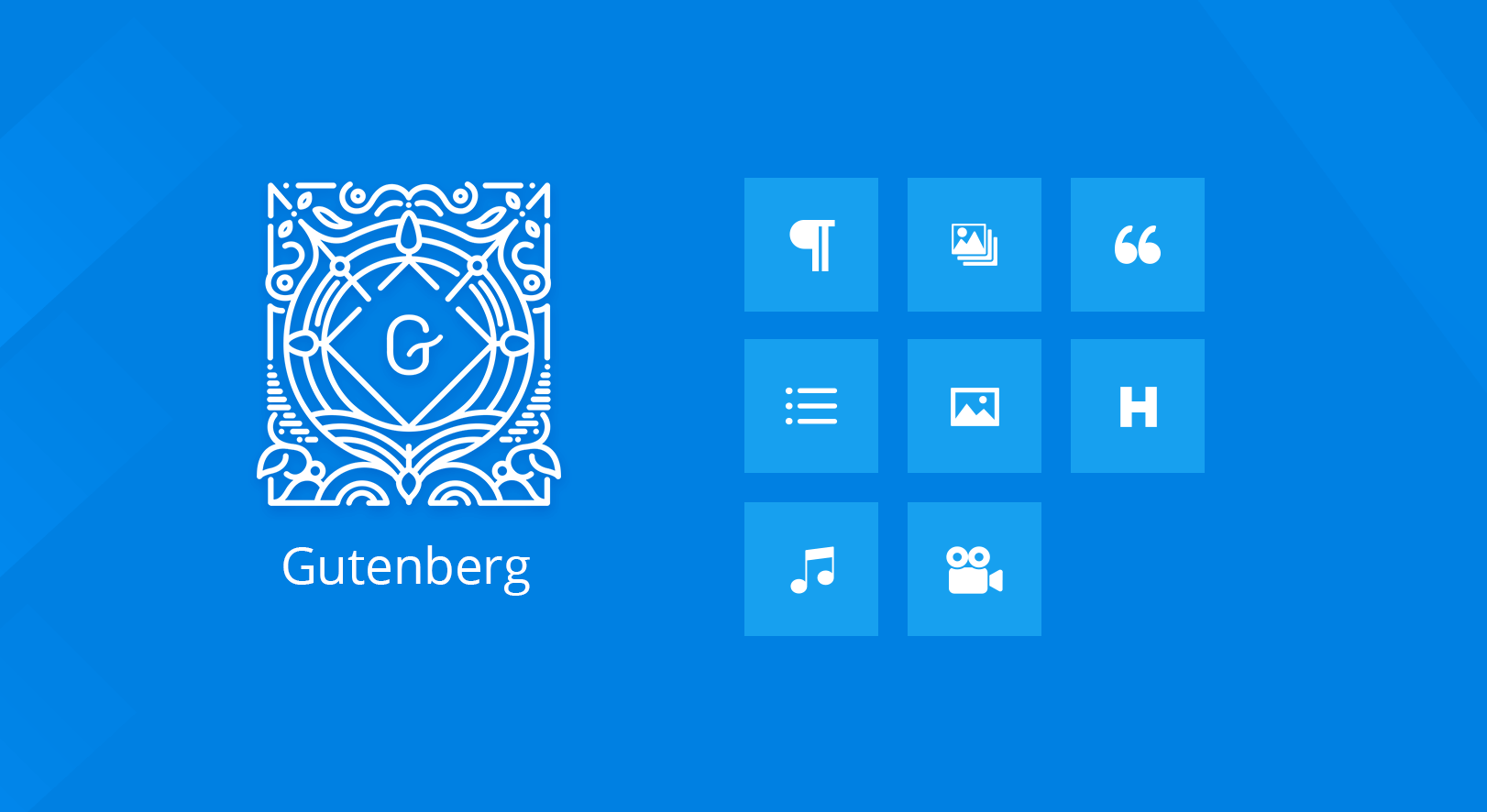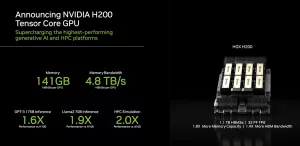Gutenberg, named after the inventor of the printing press, is the modern content editor for WordPress. It’s designed to give users more flexibility in designing their posts and pages.
1. What is the Gutenberg Block Editor?
Gutenberg replaces the classic editor with a block-based system. Each content element (like a paragraph, image, or heading) is a “block” that can be added, edited, and rearranged.
2. Accessing Gutenberg:
Simply create a new post or page, and you’ll be introduced to the Gutenberg editor.
3. Basic Gutenberg Blocks:
Paragraph Block:
Your primary text block. Add text, and use the toolbar to format.
Image Block:
Insert and format images. Remember to add alt text for accessibility!
Heading Block:
Structure your content with different heading levels (H1, H2, etc.).
List Block:
Create ordered or unordered lists.
Quote Block:
Highlight quotations or testimonials.
4. Advanced Blocks:
There are blocks for columns, buttons, cover images, tables, and even embeds (like YouTube videos). As you become more familiar with Gutenberg, you’ll appreciate the variety of blocks available.
5. Tips for Using Gutenberg:
Block Navigation: Navigate your blocks easily using the block navigator, especially in longer posts.
Reusable Blocks: If you frequently use the same content, turn it into a reusable block.
Block Patterns: Pre-designed block layouts to make designing your pages faster.
6. Classic Editor vs. Gutenberg:
While Gutenberg is the future of WordPress editing, the Classic Editor is still available as a plugin if you prefer the old style.
Conclusion:
The Gutenberg Block Editor is a powerful tool, allowing for more creativity in content creation. Stay tuned for our next tutorial: diving into WordPress themes!



